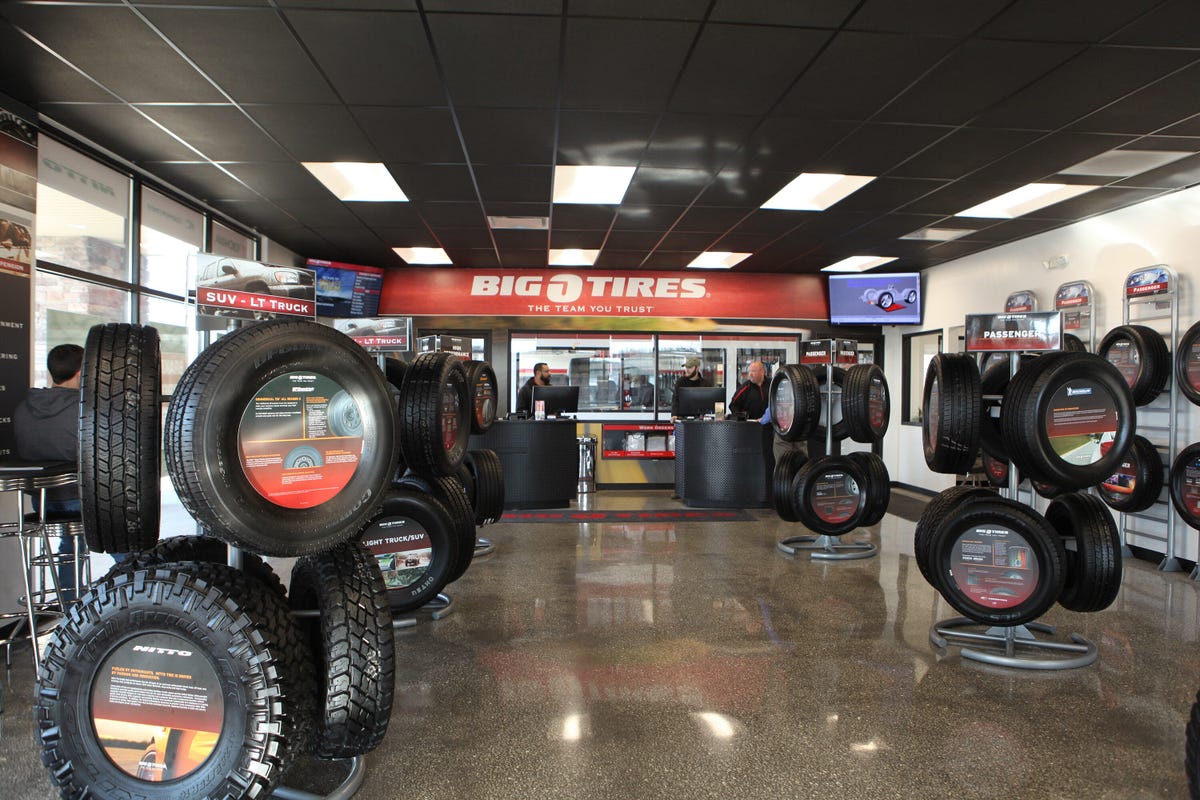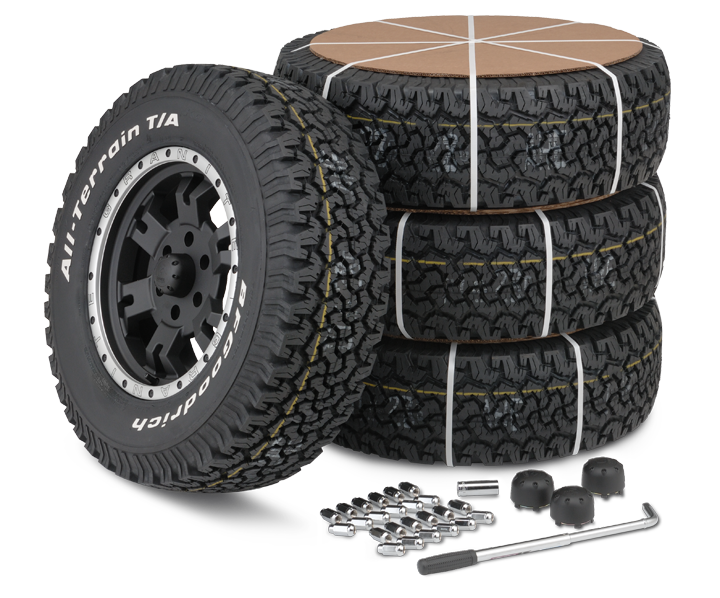Locate the most effective Tires Morris IL: Comprehensive Selection Readily Available
Locate the most effective Tires Morris IL: Comprehensive Selection Readily Available
Blog Article
Tire Solution: Understanding Tire Stress Surveillance Solutions
Recognizing Tire Stress Monitoring Equipments (TPMS) is an important aspect of preserving optimal lorry performance and security on the road. With advancements in vehicle innovation, TPMS has actually become a standard function in modern cars, providing real-time info on tire stress degrees.

Value of TPMS
The relevance of Tire Stress Surveillance Equipments (TPMS) hinges on their ability to improve automobile safety and security and efficiency through real-time monitoring of tire stress degrees. Preserving the correct tire stress is critical for ensuring ideal handling, stopping, and overall safety of an automobile. TPMS offers vehicle drivers with immediate feedback on any kind of overinflated or underinflated tires, enabling prompt modifications to be made.
Components of TPMS
Sensors are commonly situated in the tire valve stem or connected to the wheel assembly, where they gauge tire pressure and transmit information to the control component. Some progressed TPMS designs likewise present the actual tire pressure readings for each tire, offering vehicle drivers with real-time info to ensure ideal tire performance and security. By keeping an eye on tire pressure continuously, TPMS aids protect against mishaps, lowers tire wear, and improves gas performance, making it a crucial component for car safety and security and efficiency. tire shop morris.
Sorts Of TPMS

On the other hand, indirect TPMS depends on the vehicle's wheel rate sensing units to keep track of tire stress. This system identifies underinflation by contrasting the rotational speeds of the wheels. Indirect TPMS is much less expensive than straight TPMS, as it utilizes existing sensing units within the car.
While straight TPMS uses much more exact analyses, indirect TPMS is easier in style and commonly requires less upkeep. Both systems have their advantages and limitations, and the choice between them commonly relies on variables such as cost, car make, and personal choice. Recognizing the differences between these 2 kinds of TPMS can help automobile owners make informed choices regarding tire upkeep and safety and security.
TPMS Maintenance Tips
Conduct routine checks on the tire pressure degrees and contrast them with the TPMS analyses to guarantee they are regular. During tire rotation or substitute, make certain that the TPMS parts are handled thoroughly to avoid any possible damage. If the TPMS warning light brightens on the control panel, deal with the concern immediately by inspecting the tire stress and the total system for any type of mistakes.
Advantages of Proper Tire Stress
Maintaining appropriate tire pressure, as highlighted in TPMS Upkeep Tips, is crucial for reaping the numerous benefits associated with optimum tire pressure degrees. Among the key advantages of keeping the proper tire pressure is enhanced fuel performance. Bonuses When tires are correctly blown up, there is less moving resistance, resulting in better gas economy. In addition, appropriate tire pressure guarantees also tire wear, expanding the lifespan of the tires and promoting more secure driving problems. With the right tire stress, vehicles additionally have much better handling and grip, especially in adverse climate condition. This can boost overall driving performance and security for the driver and passengers. Furthermore, keeping optimal tire stress can add to a smoother and much more comfy experience by minimizing resonances and noise brought on by underinflated tires. To conclude, the advantages of correct tire pressure exceed simply tire longevity; they include boosted gas effectiveness, improved security, better car efficiency, and general driving convenience.
Verdict
To conclude, recognizing tire pressure surveillance systems (TPMS) is essential for maintaining optimal tire pressure and guaranteeing vehicle safety. By acknowledging the importance of TPMS, recognizing with its components, knowing the different kinds available, sticking to appropriate upkeep pointers, and realizing the benefits of maintaining correct tire pressure, motorists can boost their driving experience and lengthen the life expectancy of their tires. Appropriate tire pressure is crucial to efficient and risk-free car operation.

Report this page